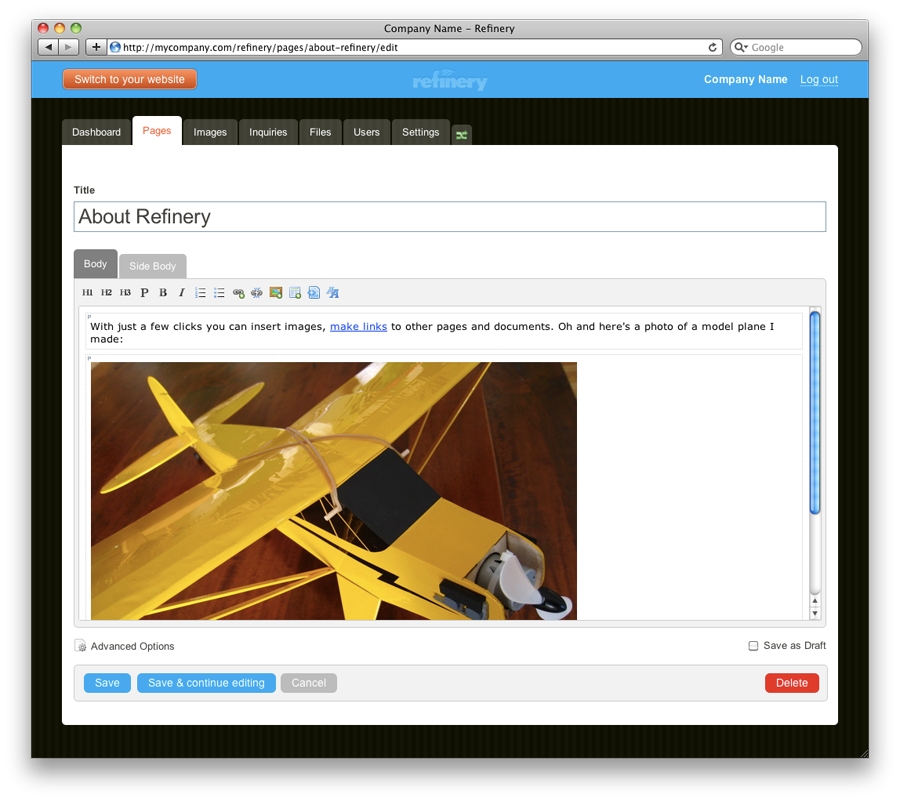Decoding the Mysteries of Business Analytics: Top 5 Approaches to Transform Data into Success
Business Analytics revolves around the use of statistical methods and technology by organizations to gain insights from their data. It powers various crucial business aspects, such as decision making, forecasting future performance, and gaining a competitive edge. Business analytics enables managers to understand patterns in complex data sets, recognizing trends and insights that can drive successful business decisions.
The first step towards decoding these mysteries is appreciating the significance of business analytics. Companies big or small, are rapidly seeking ways to transform raw data into actionable strategies. It can be seen in multiple industries – from data-driven marketing campaigns in fashion to predictive analytics in healthcare.
A critical function of business analytics is to distill large volumes of data into smaller, more manageable bits of meaningful information. This information can then be used to identify new opportunities, cut costs, or an overall increase in efficiency and productivity. But how exactly do businesses go about manipulating these vast data sets into success? Read onwards.
Data Mining: Turning Raw Data into Golden Nuggets

Data mining is an essential technique in business analytics that involves examining large databases to generate new information. It helps discover patterns and correlations within raw data that can give businesses a competitive edge.
Some real-life applications of data mining include customer segmentation in retail, where data mining techniques allow businesses to categorize customers based on their buying habits and preferences. This segmentation helps tailor marketing efforts accordingly, improving customer satisfaction and boosting profits.
Further, data mining assists in predicting future trends. For example, by analyzing past sales data, businesses can anticipate how specific products will perform amidst changing market conditions.
Predictive Analytics: Gazing into the Business Crystal Ball

Predictive analytics is another potent weapon in a business analyst's arsenal. It uses historical data to predict future events. Employing machine learning techniques and statistical algorithms, predictive analytics provides a foresight into potential opportunities and risks.
An airline industry can use predictive analytics to determine ticket prices. By adjusting ticket prices based on factors like season, customer demand, and competitive offerings, airlines can maximize their revenues.
Predictive analytics can also help reduce risk. For instance, in the banking sector, it can predict the likelihood of a borrower defaulting on a loan based on historical data, enabling the institution to make informed lending decisions.
Prescriptive Analytics: Writing the Prescription for Success

Prescriptive analytics is the next step after predictive analytics. While predictive analytics forecasts what might happen, prescriptive analytics determines the best course of action given the predictions.
For example, in supply chain management, prescriptive analytics can be used to create and optimize schedules for delivery routes. Given the expected demand (output of predictive analytics), prescriptive analytics optimizes the route to maximize efficiency and minimize costs.
Prescriptive analytics doesn't just suggest one possible action. Instead, it can offer multiple solutions based on various potential scenarios, enabling businesses to make strategic decisions.
Sentiment Analysis: Harnessing the Power of Opinion

Sentiment analysis, also known as opinion mining, uses natural language processing to analyze customer sentiments. This analysis helps businesses understand how their customers perceive their services or products by extracting and analyzing information from sources like social media, reviews, and customer support interactions.
Companies can use sentiment analysis to gauge customer reactions towards new product launches or shifts in policy. By leveraging this information, companies can make timely adjustments to mitigate negative sentiments and capitalize on positive ones.
So, the real power of sentiment analysis lies in its potential to guide businesses to adapt rapidly and responsively to customer feedback, thereby enhancing overall customer experience.
Big Data Analytics: Mastering the Data Deluge

Big Data analytics is the process of analyzing large and complex data sets to discover insightful patterns, correlations, and trends. Utilizing technologies and techniques like machine learning, data mining, and predictive modeling, Big Data analytics helps uncover hidden patterns that can provide profound business insights.
Retail giants like Amazon use Big Data analytics to personalize their customer experiences. For instance, the 'recommendation system' utilizes Big Data analytics to suggest products based on a user's browsing history, thereby enhancing the shopping experience and increasing sales.
Big Data analytics also has substantial scope in the healthcare industry. By analyzing patient data, it can predict disease outbreak patterns, enabling proactive measures. This approach shows how the application of Big Data analytics extends beyond business and impacts society at large.







